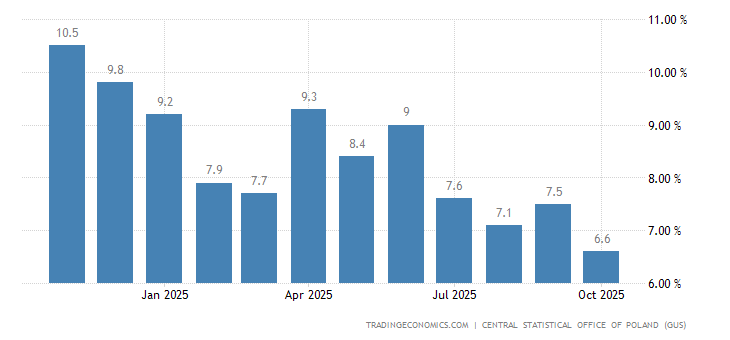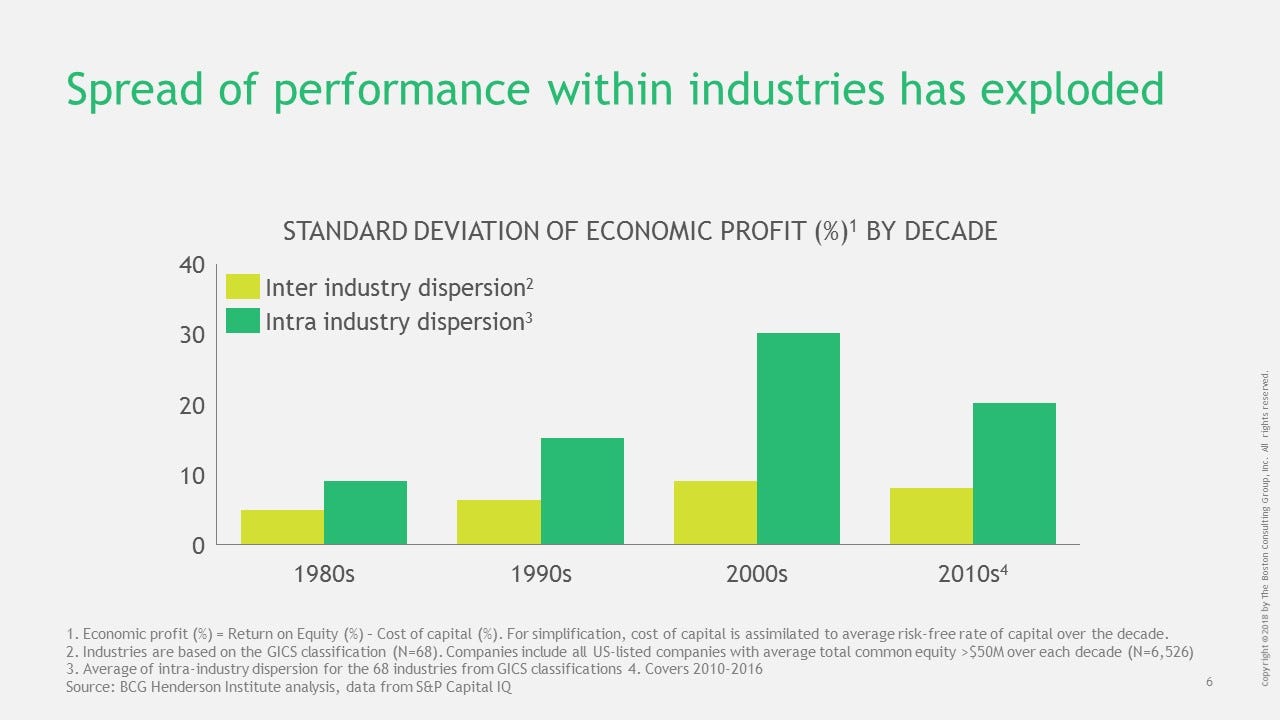"Make no mistake, a firefighting mentality starts at the top of the organization. If managers see their senior leaders constantly reacting to every issue that comes across their desk, they too will adopt this behavior. Fire-fighting then becomes embedded in the culture and those that are seen as the most reactive, oddly enough, garner the greatest recognition. Managers who thoughtfully consider each issue before responding don't seem to be doing as much as the firefighters, when in reality, they're exponentially more productive.
.
"Let's think about that," is a simple but powerful phrase that can eliminate reactivity within your business and culture. The next time you receive an e-mail marked urgent or someone comes charging into your office with how to react to a competitor's activity or a new flavor-of-the-month project, reply with "Let's think about that. "Then stop and consider how this helps you achieve your goals and supports your strategic focus. To do so, determine the probability of success, impact on the business, and resources required. If after this analysis, the new task doesn't appear to support your goals and strategies, kindly inform the relevant parties that, relative to the other initiatives you're working on, this doesn't warrant resource allocation."
Recordar Setembro de 2006 e "Não adianta chorar sobre leite derramado (I)"
Trecho retirado de "The Strategic Thinking Manifesto" de Rich Horwath










%2006.21.jpeg)












